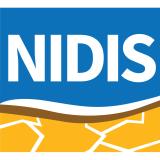California-Nevada Drought & Climate Outlook Webinar: September 23, 2024
The September Drought & Climate Outlook Webinar provided a climate and drought update, including current fire outlooks and new research on western U.S. cool season precipitation.
About This Webinar
The California-Nevada Drought Early Warning System (CA-NV DEWS) September 2024 Drought & Climate Outlook Webinar is part of a series of regular drought and climate outlook webinars. These webinars provide stakeholders and other interested parties in the region with timely information on current drought status and impacts, as well as a preview of current and developing climatic events (i.e., El Niño and La Niña).






